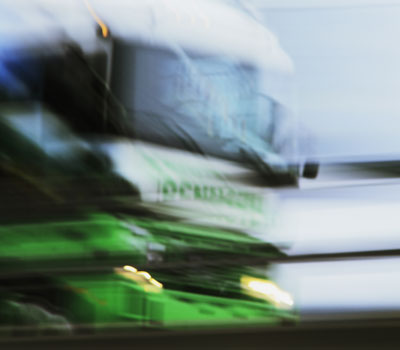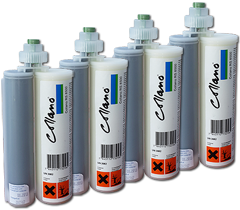
Bonding instead of riveting, welding, brazing
Stresses occur in riveted and screwed assemblies and the structure of metal is altered by welding and brazing. Material surfaces are compromised, making them vulnerable to corrosion and cracking.
The risk of fatigue at joints is high. In contrast, adhesive bonding does not affect the integrity of the material surface, distributes and absorbs stresses, and stabilizes composites.
SAFETY
- High-strength and elastic bonds
- They distribute and absorb stresses
- Crash-resistant: high energy absorption upon impact Good impact and vibration resistance.
- Good water, UV, and weathering resistance.
- Reduced stresses in case of thermal expansion.
AESTHETICS
- Bonding is aesthetic
- No surface retouching work is required
- No seams and holes are produced
- Materials can be stacked back-to-back and precisionlaminated
COMFORT
- Noise abatement: Reduces sound level in passenger compartments
- Adhesive bonds are invisible and enhance productivity in fabrication (no need to conceal «connection joints»)
COST EFFECTS
- Component strength can be optimized (not dependent on joining methods such as riveting or welding)
- Lamination allows the use of thinner and more lightweight materials.




